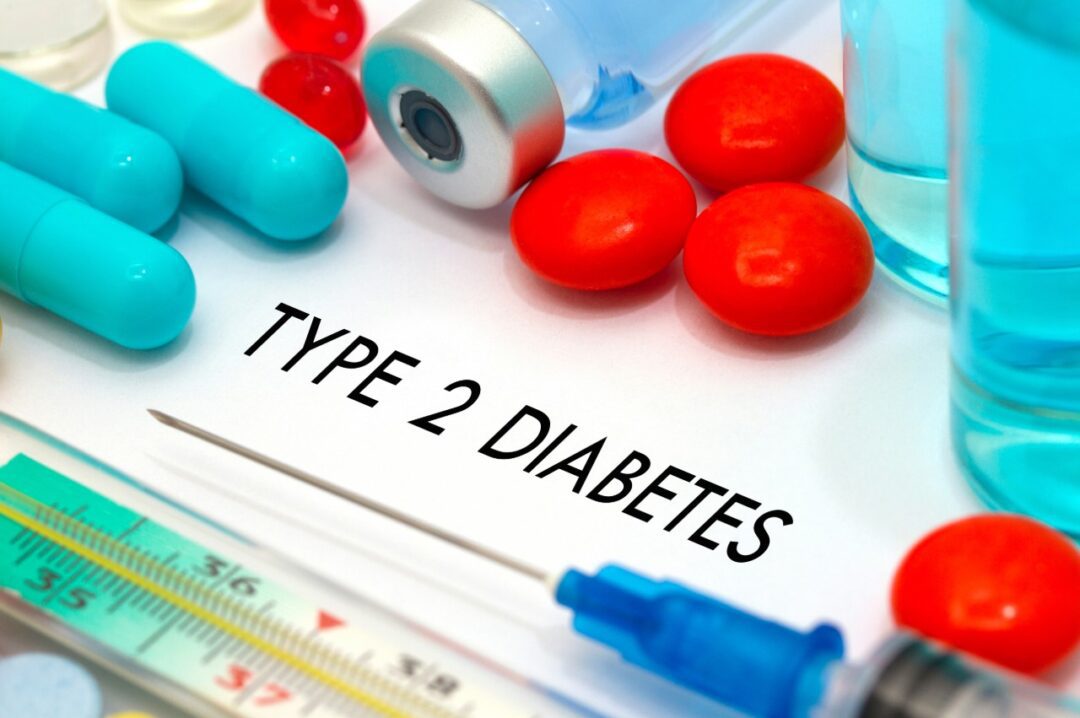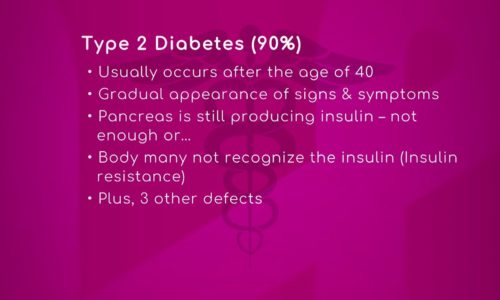Are there any new treatment options for Type 2 Diabetes? |

The American Diabetes Association reports that in 2012, 29.1 million Americans, or 9.3% of the population, had diabetes. The great majority of these have Type 2 Diabetes (T2D), previously known as “adult onset” diabetes. Most people know that T2D is a metabolic disorder that is characterized by high blood sugar due to a relative lack of insulin, a hormone secreted by the pancreas that helps to regulate the level of glucose (sugar) in the body. In most cases, the initial treatment of T2D involves lifestyle measures such as weight reduction, healthy eating, and getting regular exercise.
When these measures are insufficient to bring the hemoglobin A1C (a test that provides an average of blood sugar control over 2-3 months) into an acceptable range, the next step in treatment is usually taking a medication. Classes of medications that have been successfully used in treating T2D for a number of years include biguanides (metformin), sulfonylureas (DiaBeta, Glucotrol, Amaryl, others), thiazolidinediones (Avandia, Actos, others), and insulin.
Most authorities agree that of these, metformin is the best initial choice for treating TD2. It works by increasing the body’s sensitivity to insulin so that the reduced amount of insulin in the body is used more effectively. Metformin is relatively inexpensive and is the only medication for diabetes shown in studies to reduce mortality and complications of the disease.
If A1C levels remain too high after several months of therapy, a second and sometimes a third medication is added. This medication could be from one of the previously mentioned classes drugs—sulfonylurea, thiazolidinedione, insulin—-or could be one of the newer classes of drugs that have been developed to treat T2D. In today’s Health Tip, we’ll look at several of the newer drugs developed for the treatment of T2D. These go by the alphabet soup designation of: SGLT2 inhibitors, GLP-1 receptor agonists, and DPP-4 inhibitors.
Sodium-glucose co-transporter 2 inhibitors (SGLT2) This recently developed treatment for T2D works in a very clever way. Under normal circumstances, the kidneys work to keep glucose, an important energy source for the body, in the blood stream instead of passing it into the urine. SGLT2 inhibitors (Invokana and Farxiga) allow a certain amount of glucose to pass into the urine, lowering blood glucose levels in the process. SGLT2 drugs do have the potential for causing side effects including urinary tract infections, genital yeast infections, and can lead to dehydration in someone taking a diuretic medication. Also, they are quite expensive, costing up to 400 dollars for a month’s worth of medication.
Glucagon-like peptide 1 receptor agonists (GLP 1 RA) This class of T2D medications includes the tradename products: Tanzeum, Trulicity, Byetta, Bydureon, and Victoza. They are all self-injectable, usually given once a day or once a week. This class of drugs work by increasing insulin secretion and decreasing levels of a second hormone called glucagon. Glucagon normally has the opposite effect of insulin, raising blood sugar. Beneficial effects of these medications include weight reduction, lowered blood pressure, and improvement in fat levels in the blood stream. The most common side effects with the GLP 1 RA class are nausea, vomiting, and diarrhea. Like the other newer T2D drugs, these are quite expensive with one reported to cost up to 700 dollars per month.
Selective Dipeptidyl Peptidase-4 Inhibitors (DPP-4 Inhibitors) Examples of DPP-4 inhibitors are sitagliptin (Januvia), saxagliptin (Onglyza) and linagliptin (Tradjenta). These drugs work by increasing levels of a hormone called incretin that signals the pancreas to release insulin. Like The SGLT2 drugs, they also inhibit the production of glucagon. Their effect on lowering A1C levels is fairly modest. They have been reported to cause severe inflammation of the pancreas (pancreatitis) and recently the U.S. Food and Drug Administration (FDA) warned that they may cause joint pain that can be severe and disabling.
As stressed in the Standards of Care in Diabetes from the American Diabetes Association, use of these and other medications for T2D should be individualized, taking into consideration the general health and underlying medical conditions of the person being treated. They are most appropriately used after initiating treatment with metformin. Since each class of drugs used to treat T2D has a different mechanism of action, this allows two, three and sometime four different drugs to be used together. At least for now the newer drugs represent a very expensive option in the treatment of T2D. Less expensive medication options for treating T2D include metformin, sulfonylureas, and certain forms of insulin. Even less expensive, and perhaps most important, are the life-style measures mentioned earlier in the article.
Sources for Article:
Type 2 Diabetes Treatment from Mayo Foundation for Medical Education and Research
GLP-1 receptor agonists: a review of head-to-head clinical studies from the National Library of Medicine
Management of Blood Glucose with Noninsulin Therapies in Type 2 Diabetes from the American Family Physician
Diabetes Management Guidelines from the National Diabetes Education Initiative
Kent Davidson MD – Health Tip Content Editor
Reviewed and Approved by Charles W. Smith MD, Medical Director on 7-6-2016
If you have any more questions just Ask Hanna, our health advisors are here to help.
Image: ©Shutterstock / Green Apple








